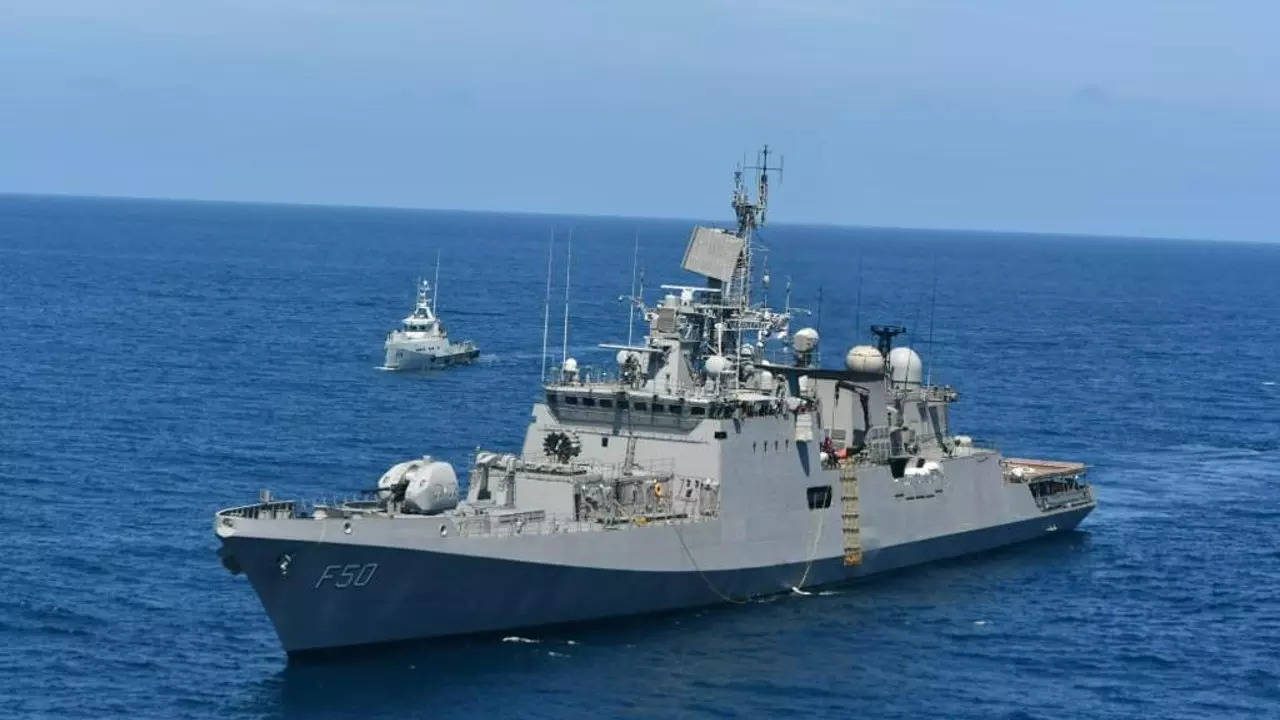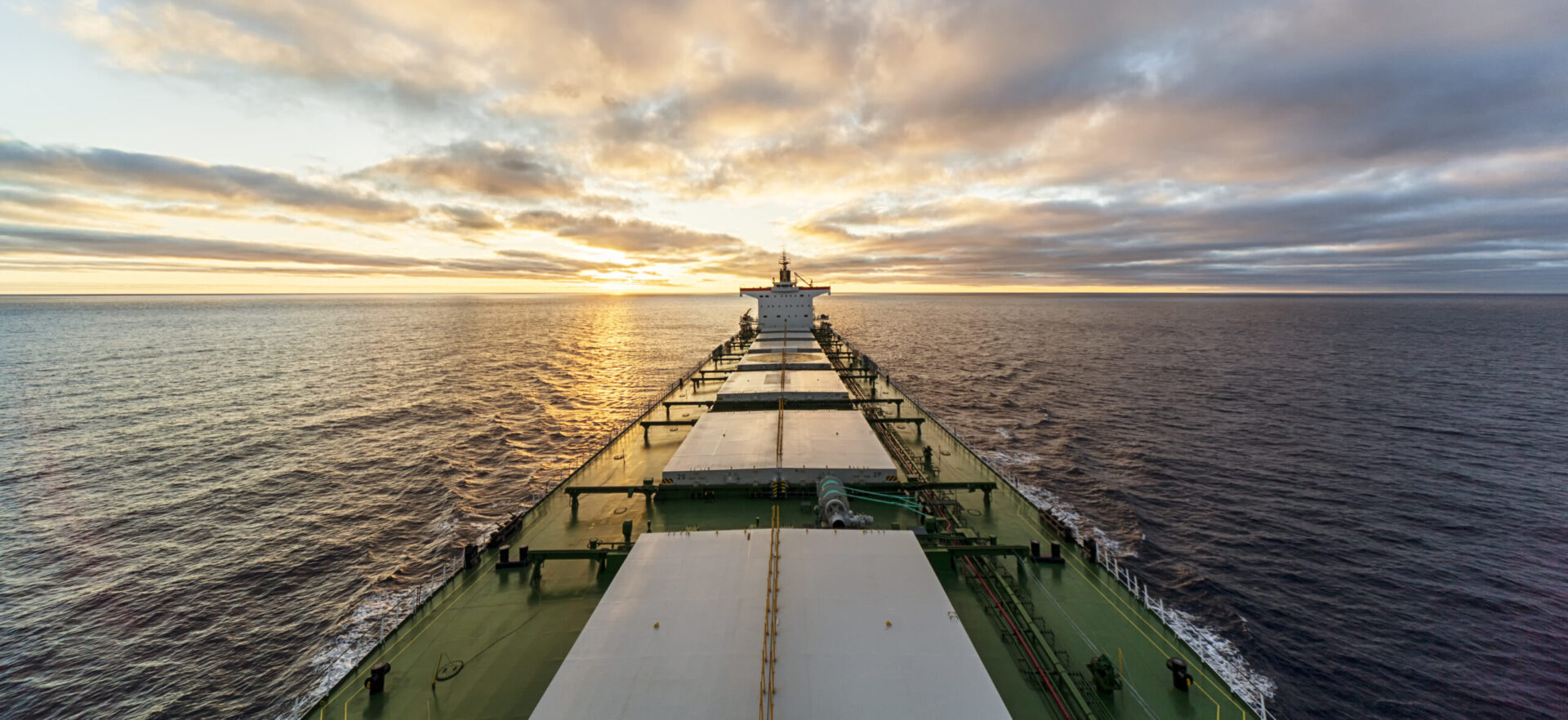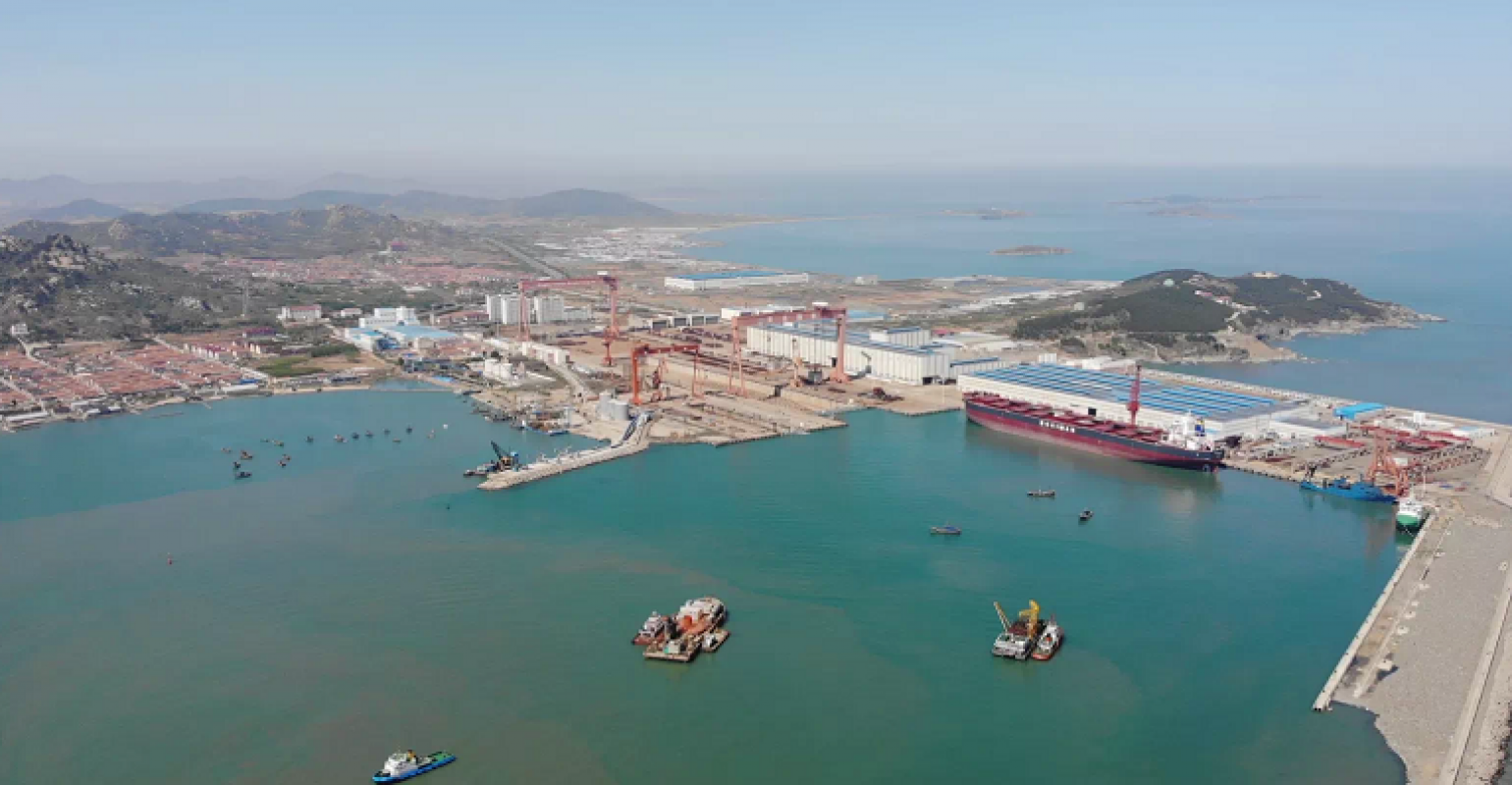Global fertilizer trade is undergoing a structural shift as India cuts its reliance on imports (more so from China), China tightens its overall exports, and Russia and MENA supply more to distant markets. These changes are lengthening voyage distances, boosting tonne‑mile demand and driving a shift towards larger vessels and steady volume growth.
Global fertilizer trade is undergoing a structural shift as traditional supply and demand relationships realign. Total fertilizer trade was more than 190 million tonnes in 2024, underscoring the scale of these changes. One of the most notable changes is the near cessation of China–India urea trade. India, historically the world’s largest urea importer, has reduced its reliance on imports and almost ended its reliance on Chinese supply by diversifying the existing imports in the short term and targeting self-reliance over the medium term. Concurrently, China has tightened export restrictions to prioritize domestic availability. These adjustments have created space for alternative suppliers, particularly Russia to capture market share.
At the same time, Russia and MENA producers, traditionally focused on Asia, are exporting increasing volumes to Latin America and Australia. Brazil’s fertilizer imports from Russia and Australia’s imports from MENA have substantially increased tonne mile demand as average voyage lengths increase well beyond historical voyage distances. This is mirrored in India’s diversification strategy, which has shifted volumes from nearby China to more distant suppliers in the Gulf and Black Sea, further lengthening haulage distances.
Between 2024 and 2030, the total global fertilizer trade is expected to expand steadily, underpinned by strong agricultural demand in Asia, Latin America and Africa. Volumes are forecast to grow at around 2–3% annually, with tonne mile growth outpacing volume growth due to shifting trade patterns. The redirection of Russian and MENA exports from closer Asian markets to more distant destinations in Latin America and Oceania is a key driver of this trend.
The implications for the dry bulk market are significant. Fertilizer has traditionally been shipped on Handysize and Supramax vessels, but the combination of growing parcel sizes and improved port handling capabilities are driving a structural shift towards larger ships. The Panamax share of fertilizer shipments increased from 21% in 2020 to 24% in 2024, while the Handysize share dropped from 36% to 32%. Supramaxes have gained market share on specific routes—Russian exports saw Supramax use surge from 49% to 76% between 2020 and 2024 while that of Handysizes declined from 51% to 24% during the same period. At the same time, Brazilian imports shifted almost entirely to Supramaxes (reducing Handysize share from 51% to 19%) as port upgrades in Santos and Paranagua enabled larger vessel handling.
Average haul distances are also structurally longer. Brazil’s sourcing from Russia increases average distance by more than 60% compared to historically importing from Morocco. Similarly, India replacing China with Russia and MENA lengthens routes. These shifts are sustaining tonne mile demand even where total import volumes may stabilize, as in the case of urea imports into India.
Conclusion
Overall, global fertilizer trade between 2024 and 2030 will be shaped more by route reconfiguration and capacity shifts than sheer tonnage expansion. While volumes grow steadily, tonne mile demand will benefit disproportionately from longer voyages due to the substitution of nearby suppliers with distant ones. This will keep demand for Supramax and Panamax capacity firm, reinforcing the fertilizer sector’s importance as a consistent driver of minor bulk shipping activity.
Source: Drewry




